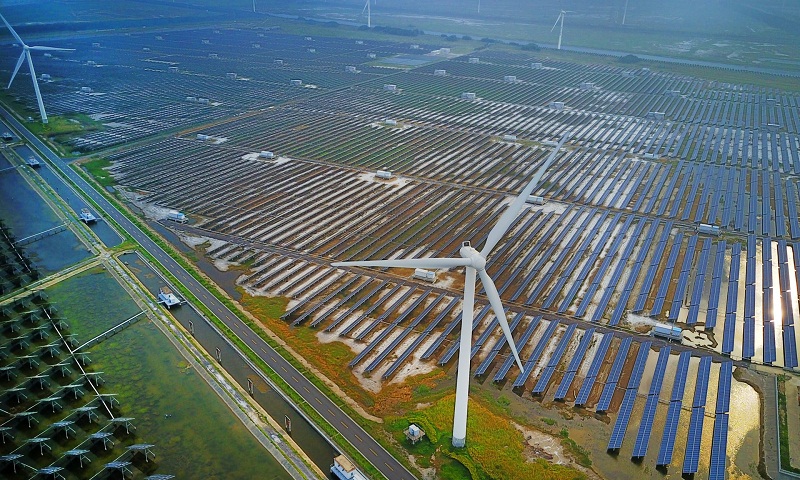Time to shine: Solar power is fastest-growing source of new energy

Solar power was the fastest-growing source of new energy worldwide last year, outstripping the growth in all other forms of power generation for the first time and leading experts to hail a “new era” Renewable energy accounted for two-thirds of new power added to the world’s grids in 2016, the International Energy Agency said, but the group found solar was the technology that shone brightest. New solar capacity even overtook the net growth in coal, previously the biggest new source of power generation. The shift was driven by falling prices and government policies, particularly in China, which accounted for almost half the solar panels installed. The Paris-based IEA predicted that solar would dominate future growth, with global capacity in five years’ time expected to be greater than the current combined total power capacity of India and Japan. Dr Fatih Birol, the executive director of the IEA, said: “What we are witnessing is the birth of a new era in solar photovoltaics [PV]. We expect that solar PV capacity growth will be higher than any other renewable technology up to 2022.” The authority, which is funded by 28 member governments, admitted it had previously underestimated the speed at which green energy was growing. The amount of renewable energy capacity forecast globally in 2022 has been revised upwards on last year’s forecast, driven by the IEA expecting a third more solar in China and India. While China dominates the expansion of renewables, the US is still the second fastest-growing market despite Donald Trump’s pledge to revive coal and the uncertainties he has brought at a federal level. Paolo Frankl, head of the renewable energy division at the IEA, said that solar and wind subsidies and other fundamentals meant the president’s impact would probably be limited. However, that could change if there were reforms that retrospectively hit the subsidies or if the US International Trade Commission imposes tariffs on imports of Chinese solar panels. “There is a risk, but at the moment our forecast remains strong,” said Frankl. India is set for a solar boom over the next five years, as bottlenecks such as integrating solar farms with the grid are overcome. The country’s renewable energy capacity is forecast to double by 2022, overtaking the EU on growth. The picture for the UK is a “mixed message,” said Frankl. The IEA has revised downward its forecast for the amount of green energy to be built in the UK between 2017 and 2022, with offshore windfarms expected to account for most of the growth.

